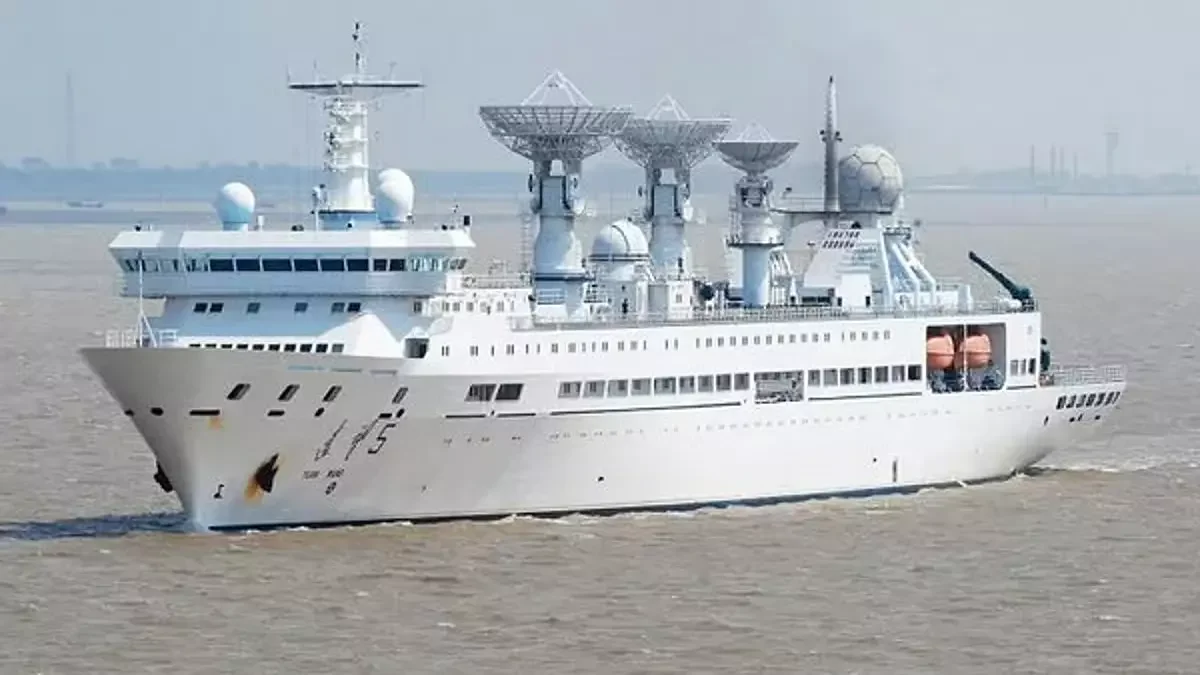The Sri Lanka government has bowed to Beijing’s arm-twisting in letting Chinese spy ship Yuan Wang 5 to dock at Hambantota today despite India’s objections.
While China’s so-called research vessels such as Yuan Wang 5 are said to be carrying out hydrological surveys and metal prospecting, they are actually monitoring satellite activity and missile test firing in the region with a focus on India, US and Australia.
Former Sri Lanka Navy chief Rear Admiral Sarath Weerasekara who is also a former Public Security Minister is reported to have strongly lobbied for China and had openly opposed the pro-India stand of the Wickremesinghe government to defer the docking.
According to a report in the Hindustan Times, Colombo eventually succumbed to China’s pressure as the Wickremesinghe government feared that Beijing would block the IMF loan that the bankrupt island nation so desperately needs at this juncture.
India has reason to be concerned as Yuan Wang 5 is actually a spy ship that can track satellites and intercontinental ballistic missiles while it operates under the guise of a Marine Scientific Research vessel.
The Hindustan Times has cited diplomats based in Sri Lanka as saying that the number of Chinese spy ships in the guise of research vessels have steadily increased in the past decade in the Indian Ocean Region (IOR).
It is understood that since 2020, 53 so-called Chinese research vessels have been monitored in the Indian Ocean Region as not less than three to five such spy ships are operating in the area at any given time, the report states.
The deployment of such vessels serves the Xi Jinping regime as a tool for maritime diplomacy in the form of joint surveys with IOR littoral states and provides access to strategically important areas within the exclusive economic zone of a third country.
The Hindustan Times report lists four areas in the Indian Ocean region where Chinese spy ships are deployed. These include firstly: Ninety Degree East Ridge for deep sea prospecting for rare earth minerals and could be a precursor to China applying for exploration rights with the International Seabed Authority.
Secondly, the South West Indian Ridge for deep sea exploration for mining polymetallic sulphides in areas allocated by ISA.
Thirdly, Pakistan and Myanmar EEZ for geological survey for petroleum exploration, marine surveillance and hydrography.
The fourth area is Sri Lanka EEZ, Bay of Bengal, Arabian Sea and Rest of IOR for ocean bed mapping, testing salinity for sonar applications and surveillance.
At a given time, there are around 300 Chinese flagged merchant vessels and 200-300 Chinese fishing vessels operating in the IOR on an average, the report filed by senior journalist Shishir Gupta states.




















